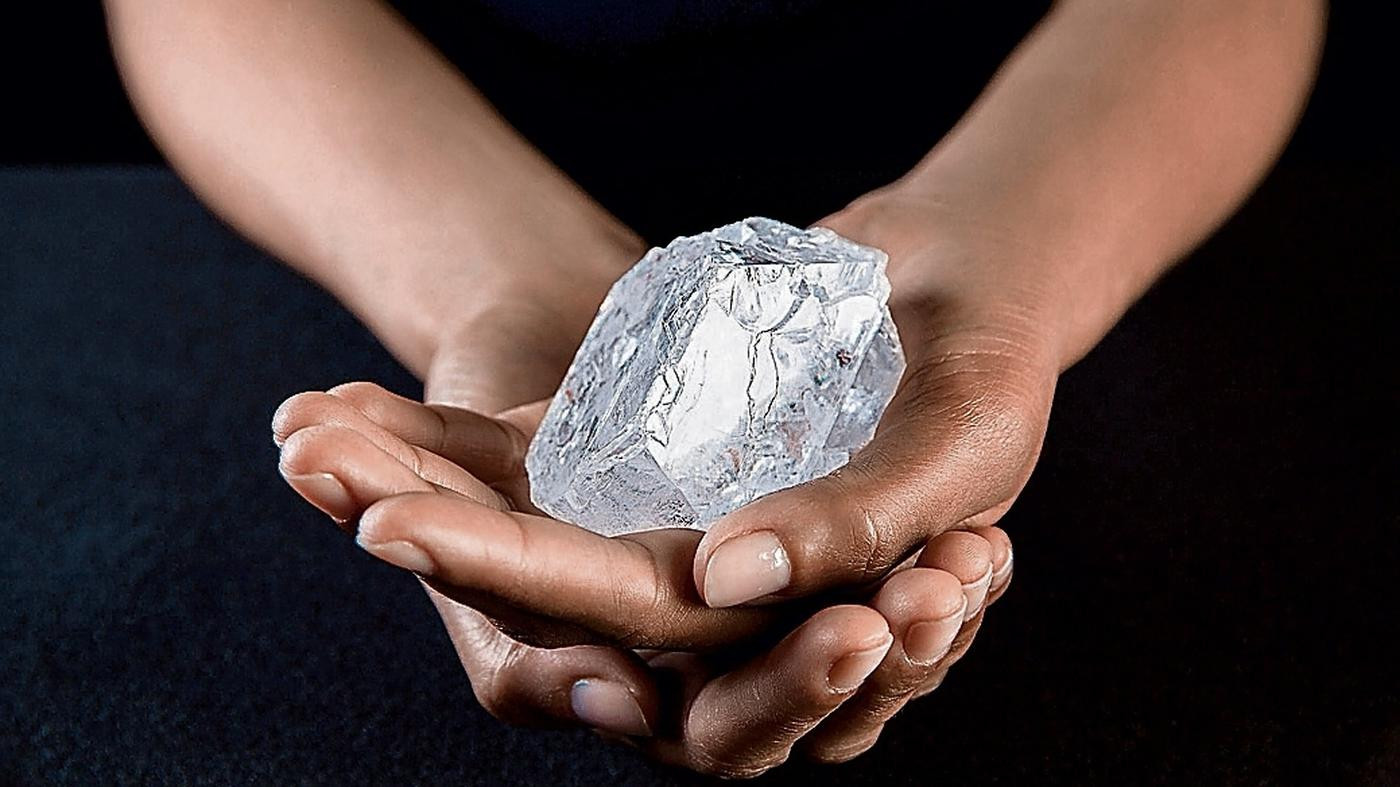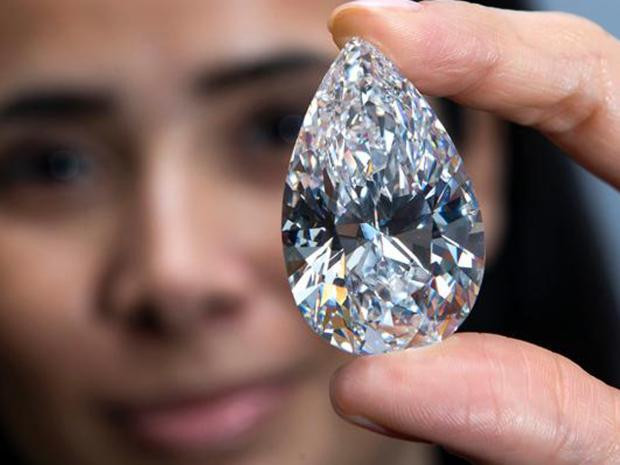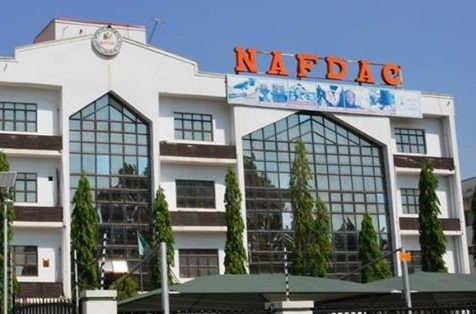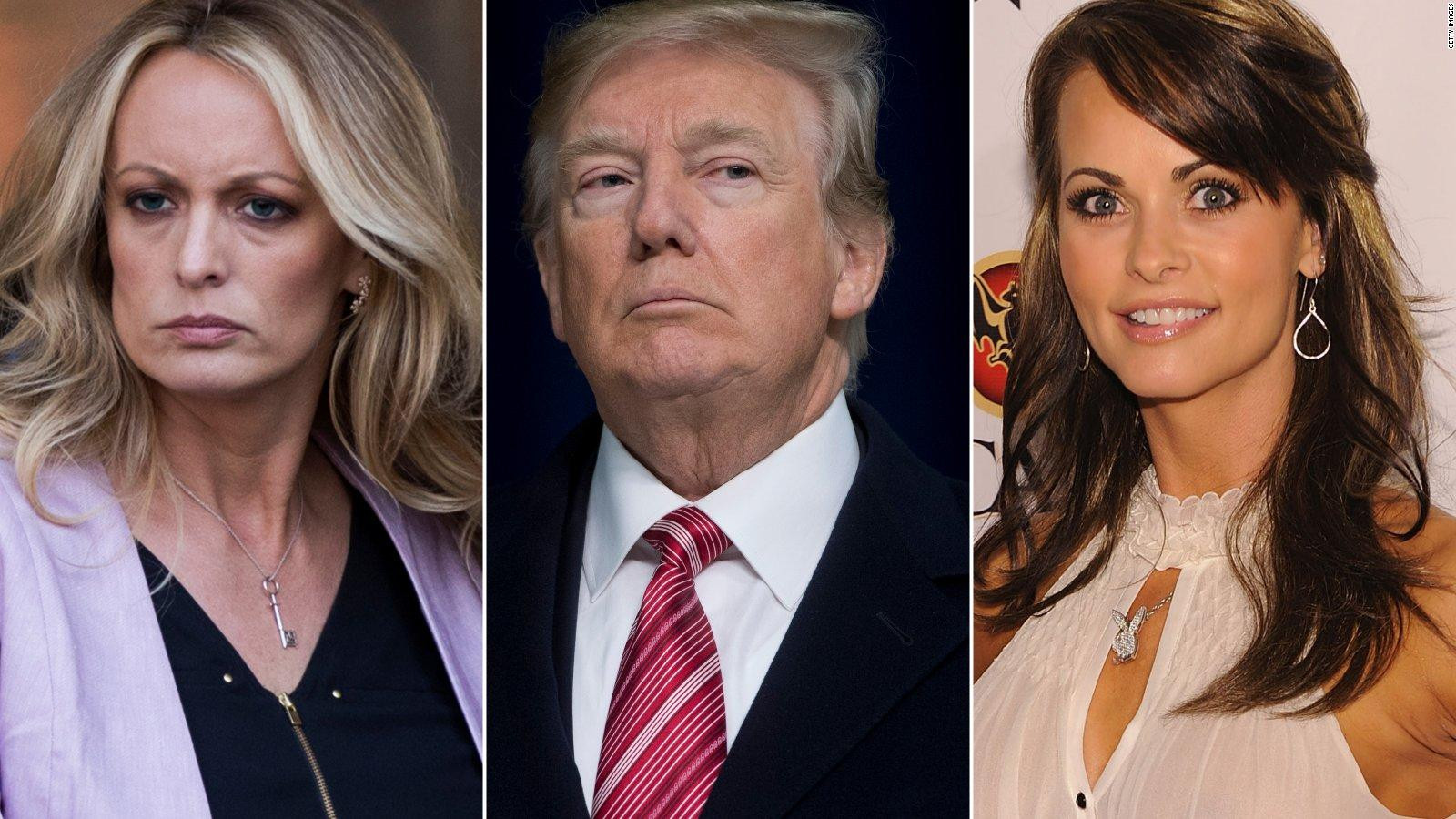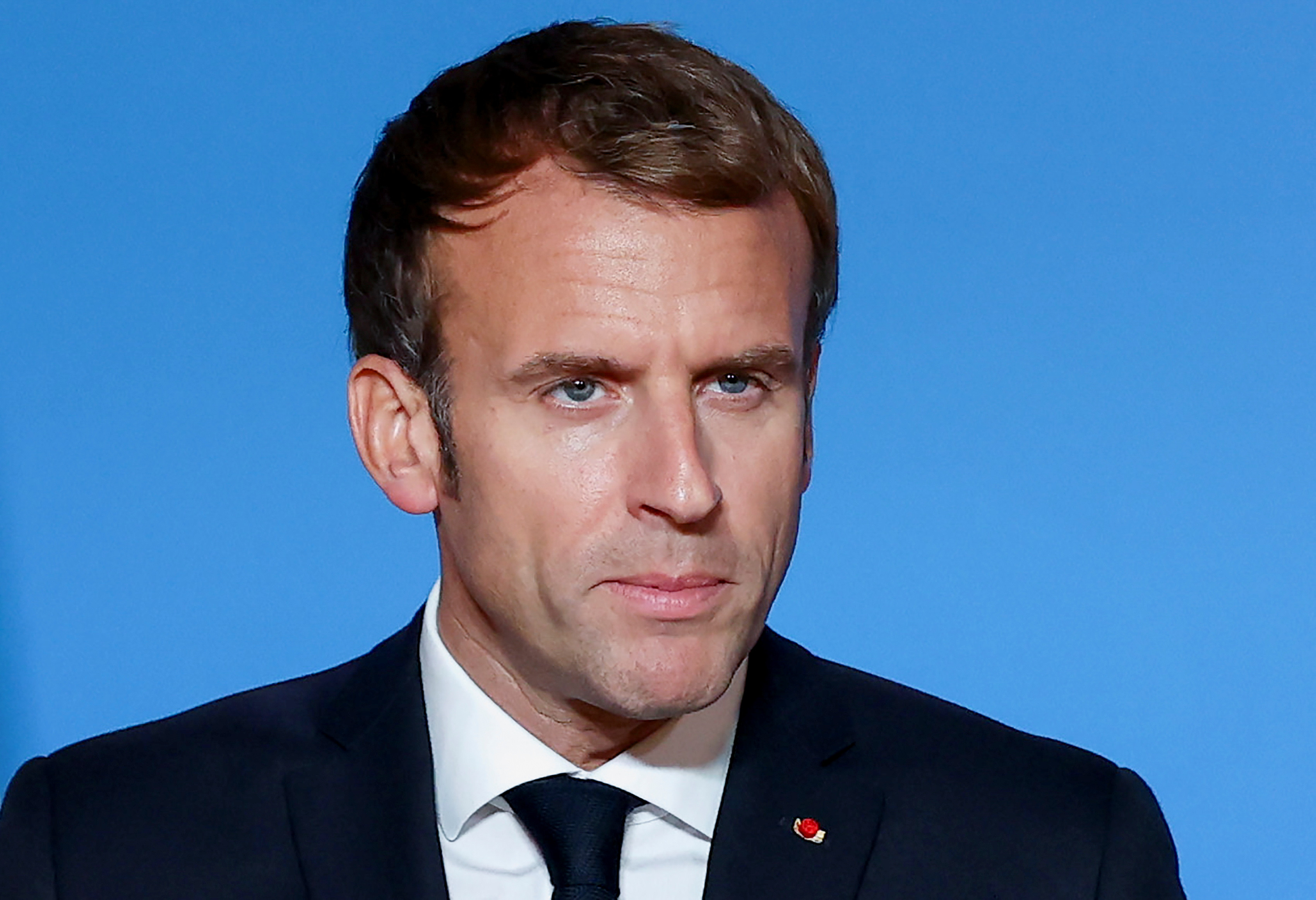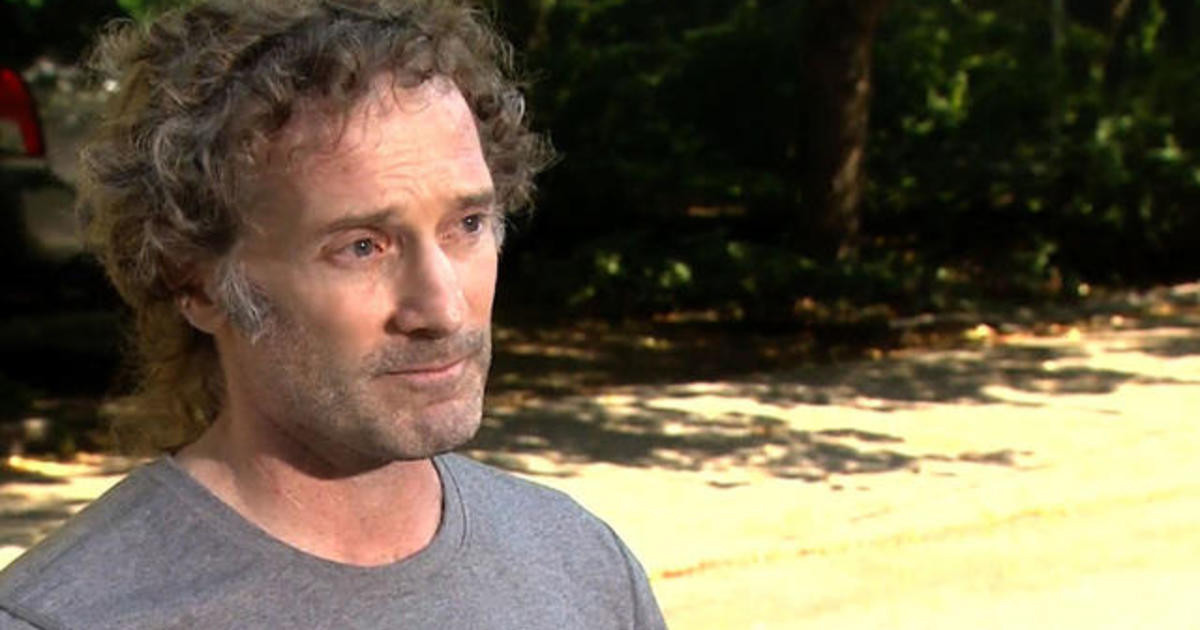The morning of Aug. 19 started off much like any other at Lucara Diamond Corp.’s Karowe mine in Botswana, a roughly 270-metre deep open pit on the edge of the Kalahari desert that operates 24 hours a day, 365 days a year. But on that day, a 2,492-carat diamond — believed to be the second largest ever held by a human — completed a journey from hundreds of kilometres inside the Earth’s mantle up to the planet’s surface. After billions of years of travel, its fate upon arrival fell into the hands of William Lamb, chief executive of Lucara, whose sector has been going through its own upheaval amid a collapse in the price of diamonds in recent years.
Lamb, who is based half a world away from Botswana in Vancouver where Lucara is headquartered, skips over the question of how much the stone may be worth in dollars. Instead, he’s contemplating its value in a larger sense. With all the notoriety and intrigue the stone is generating around the world, he sees an opportunity to reframe the narrative about diamond mining into something positive instead of an environmental and social disaster that’s lately been shunned by both investors and customers. “There’s nobody alive who has ever seen something like this,” he said about the 2,492-carat stone. “I had this argument with a board member yesterday: this diamond is so significant and people are trying to dumb it down to what’s it worth.”
The value may be moot for the moment because, in Lamb’s view, diamond prices will remain in a “fairly depressed state” for at least six to nine months. That could be one reason why Lucara is still a penny stock, trading at 47 cents a share, though it’s up 18 per cent since the beginning of the year. This isn’t even Lucara’s first remarkable discovery. It has found six diamonds that weigh more than 1,000 carats, and it’s sold one diamond for US$63 million in 2016, the most ever, and then another for US$53 million in 2017.
But its recent track record suggests finding buyers has not been so easy. Lucara still needs to find a buyer for a 1,080-plus-carat diamond it discovered last August and its discoveries keep piling up. Last week, it found yet another diamond weighing more than 1,000 carats, adding to an inventory that already includes the 2,492-carat diamond. “We’re not shy of diamonds,” Lamb said. “It’s that we’re shy of people who are willing to drop $50 million to acquire these stones.”
Some analysts are even more blunt about the company’s prospects. “There’s basically no interest from an investor point of view,” Raj Ray, an analyst at BMO Capital Markets who covers Lucara, said. “The reason being (that) diamond prices have really collapsed.”
Diamond Industry Struggles
Diamond analysts say there are a half-dozen factors weighing on diamond prices. One is that in the aftermath of COVID-19, many North American consumers’ savings have dried up, and their discretionary spending has shifted back to services such as fancy meals rather than luxury goods like a diamond. Some say Russia’s war with Ukraine and the ongoing conflict in the Middle East have reduced consumer confidence, which is also affecting the diamond market. Joshua Freedman, a senior analyst at Rapaport USA Inc., said high inflation and high interest rates in the United States have put pressure on consumer spending there. In China, other economic woes have eroded demand.
He said a “severe oversupply” of diamonds emerged last year, softened slightly at the beginning of this year, but is still ongoing as the companies in India that take rough stones and turn them into cut-and-polished diamonds continue to produce even as demand flags. But Freedman said there’s also a lingering “existential” question hanging over the industry as more buyers opt for lab-grown diamonds. It’s a trend that is often connected to concerns about the environmental and social impacts of mining, and also allows consumers to buy larger diamonds for the same price.
The exact size and growth rate of the synthetic diamond market is debatable, but Kings Research, a Dubai-based sector intelligence firm, estimates the synthetic diamond market reached US$19.5 billion in sales in 2023, and it projects the market will grow by 5.01 per cent compounded annually until 2031 to expand the market to US$28.6 billion. “These diamonds possess identical chemical composition, crystal structure and physical properties as natural diamonds, but are produced in a fraction of the time and cost,” the firm said. “As a result, synthetic diamonds have gained significant traction in the jewelry industry, attracting consumers who value both their affordability and their eco-friendly nature.”
Others estimate even higher growth rates while also citing consumer concerns about the social and ethical impacts of diamond mining. Lucara has told investors that the market for larger diamonds remains robust even if the market for smaller diamonds has softened. Nonetheless, some of the largest diamonds it has found, including the 594-carat Sethunya, recovered in 2020 and for which it received a US$20-million advance, haven’t sold yet.
Against this backdrop, Raj said the value of Lucara’s inventory could potentially be worth more than its market capitalization of about $200 million. But he added that the quality of each stone is difficult to gauge until it’s sold. “I’ll tell you I have had very little inbound interest from investors in the diamond space or Lucara,” he said. “The market does give you value when there is value, so I’m waiting to see.”
A Diamond in the Rough: Hope for a Rebrand
Lamb, however, counsels patience. “These are not stones where you have people lining up outside because it’s really good noodles,” he said. “To find a buyer, to realize the value from these stones, to use them for what they should be used for, takes a minimum of a year. It could be two years, could be three years.”
But even Lamb has mixed feelings about diamond mining, a sector in which he has spent 24 years: A native South African, he said he had no early desire to work in the diamond mining industry. “I wanted to be an architect; this is where I ended up,” he said. Lamb said he’s departed the diamond sector three times and come back three times. At first, he returned because he was offered a “small suitcase of money.” He also served as CEO of Lucara previously and departed in 2018, not because he was “fired,” but because he was “exhausted.” Last June, the company asked him to come back and he said it wasn’t an “easy decision” to say yes because he was “busy” with other things, but in the end, he said it’s “addictive,” in part because of the large discoveries.
“It’s almost like a scene from The Godfather: ‘Just when you thought you were out, they’ll drag you back in,’” he said. “Sadly, William has now been dragged back in three times.”
Marketing Diamonds: From Blood to Development
One of the main challenges for the diamond industry is that it suffers from a lack of marketing, Lamb said. He blames the 2006 movie Blood Diamond, starring Leonardo DiCaprio, for wrecking the diamond mining sector’s reputation, although he said it was an accurate portrayal of the atrocities that occurred in Sierra Leone. Its plot revolves around a battle for a priceless gem and relates the human rights abuses that occurred in parallel with the industry. Lamb said he’s even invited DiCaprio to Karowe to see the company’s diamond mine in hopes the actor would then tell the world how different it is, but he never heard back. (An agent for DiCaprio could not be reached.)
One of the reasons he said he has returned to the industry again and again is that it’s a lucrative business. For example, Lucara reported US$41 million in revenues in the second quarter ended June 30 and an operating margin of 67 per cent. Lamb said the company’s share price is not reflective of its true value because the company is in the midst of building an underground mine, which is expected to cost US$683 million and take several more years to complete.
But if capital spending is casting a cloud over the company’s share price, Lamb sees an opportunity now — requests to see the 2,492-carat stone from media and high-rollers around the globe are pouring in — to leverage the attention to bolster his company and the sector’s reputation. The principal way to do this he thinks is to talk about the positive economic impact of diamond mining in Botswana. “Botswana is in an incredibly powerful position to tell that story of the diamond on your finger representing more than just love,” he said. “It represents economic development for previously very, very poor countries in Africa.”
Diamonds have played a key role in the history of Botswana, a country of about 2.5 million people that gained independence in 1966 after 80 years as a British protectorate. Lamb said the country has gone from being one of the poorest in Africa to one of the world’s fastest-growing economies. Diamond mining is an economic engine for the country, accounting for 80 per cent of its exports, one-third of its fiscal revenues and a quarter of its gross domestic product, according to the International Monetary Fund.
Of course, there are also questions about how the benefits of diamond mining have been distributed. For example, miners pay a steep price with their health, suffering higher rates of injuries, respiratory illnesses, such as tuberculosis and silicosis, and chronic illnesses, including HIV, according to a 2020 report by the Botswana Labour Migrants Association, Northwestern Pritzker School of Law and the Center for Economic and Social Rights. “The miners who fuel this economic prosperity undertake dangerous work, often living in poor conditions with incommensurate financial returns,” the report said.
Lamb would rather talk about the positives that have come out of diamond mining. His company has built “egg-laying chicken farms,” a “state-of-the-art abattoir” and a hardware store in the surrounding communities, he said. “It’s how they’ve developed the last two or three generations of educated people,” he said in defence of diamond mining.
The Future: A Diamond Mine Underground
Exactly how he’ll use the country’s history to market the second-largest diamond in history is something he is still trying to figure out in concert with the government. Normally, HB Antwerp of Belgium sells all Lucara diamonds that are 10.8 carats or larger. Lamb said the Botswana government holds veto power over how Lucara sells the diamond, whether through an auction house such as Sotheby’s Inc., the diamond market in Antwerp, Belgium, or some other method. But he said the government cannot veto who Lucara sells the diamond to.
The 2,492-carat gem it found earlier this month has a small crack running through it, Lamb said, which he called a “glitz.” The colour is essentially clear, and he said the diamond could conceivably be polished into 20 big stones and 500 small ones, though no decision has been made about what to do with it yet. In part, the selling process helps ensure that Botswana receives a fair share of the revenue from the diamonds discovered on its soil, which, unlike other minerals, are priced according to independent benchmarks. Generally, they may be polished outside the country, which can change the final value. Lucara pays Botswana a royalty of 10 per cent of the gross sales value of diamonds produced from Karowe, amounting to $9 million in the first six months of the year.
This past week, he said Lucara’s managing director in Botswana, Naseem Lahri, made a presentation to the government with some ideas and was told to wait for the government’s response. So far, the company hasn’t attributed the discovery of the diamond to a specific mine worker, nor has it picked a name for it. Lamb said Lucara will run a competition in Botswana, open to all citizens, to give the diamond a name in Setswana, the national language in Botswana. “Hopefully, one everyone can easily pronounce, but if not, you can just summarize it down to three letters,” Lamb said.
Eventually, he said the plan is to put the stone on display somewhere, suggesting a city such as London, Dubai, New York City or Paris have the most traffic. “It’s got to showcase Botswana. That is going to be the most important thing and the question is how do you do that?” he said. “But I’m more concerned that the government is going to go, ‘Well, we should put the stone on display in Botswana,’ and I’m going to say where and why? Botswana is, I don’t know, 9,000 or 10,000 miles away from the major centres.”
In some ways, he said this is just a dry run for the next big discovery. Many of the larger stones have been uncovered from deeper levels, and he predicts the stones will only grow larger as mining underground begins in several years. Ray, the analyst, said it’s impossible for anyone to forecast the potential of an underground mine at Karowe compared to its success in the open pit. “It’s not like mining gold, where you do your drilling and you have a fair understanding of what the grade is,” he said. “One of the challenges, but also opportunities of a diamond mine is you can never model the big stones.”
Lamb, however, is confident that the underground mine will unlock an even larger stone, perhaps the largest one ever. “I’m going to have a very serious chat with the (Botswana government) to say, ‘Don’t settle for a silver medal’ because that is what this is; it’s not the world’s largest stone,” he said. “Every single time they talk about it, they mention that other largest stone. In all honesty, Lucara is going to discover something which is going to be bigger.” He added, “That’s going to be the best First World problem any diamond miner could have.”




